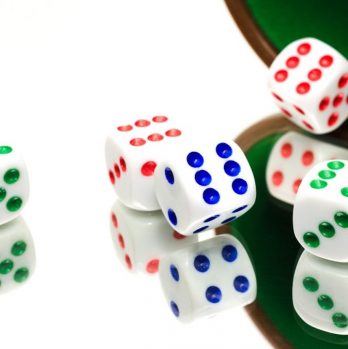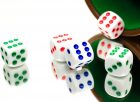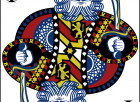How to Count Cards in Blackjack: Mastering the Art of Winning
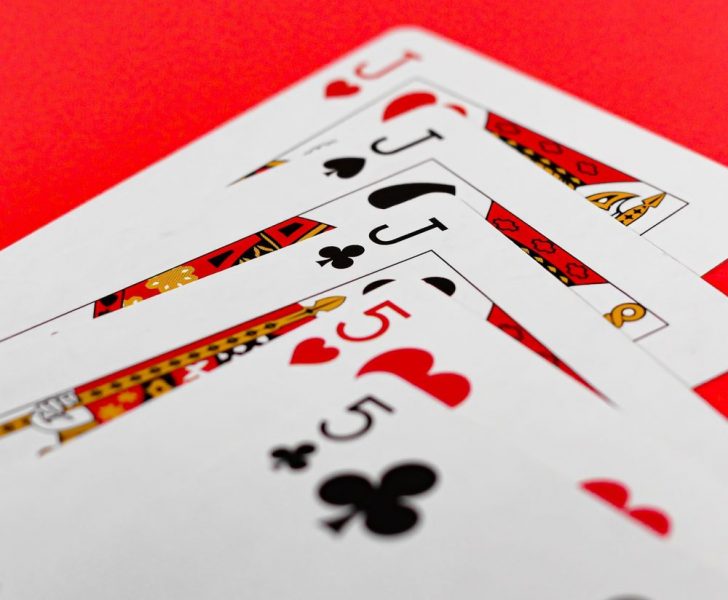
Introduction
For individuals with an interest in casino games, blackjack has always been an enticing option. One of the most fascinating aspects of this game is the art of card counting, a technique that can significantly improve your chances of winning. In this comprehensive guide, we will dive into the world of card counting in blackjack, providing you with a detailed understanding of its importance and strategies.
Understanding Card Counting in Blackjack
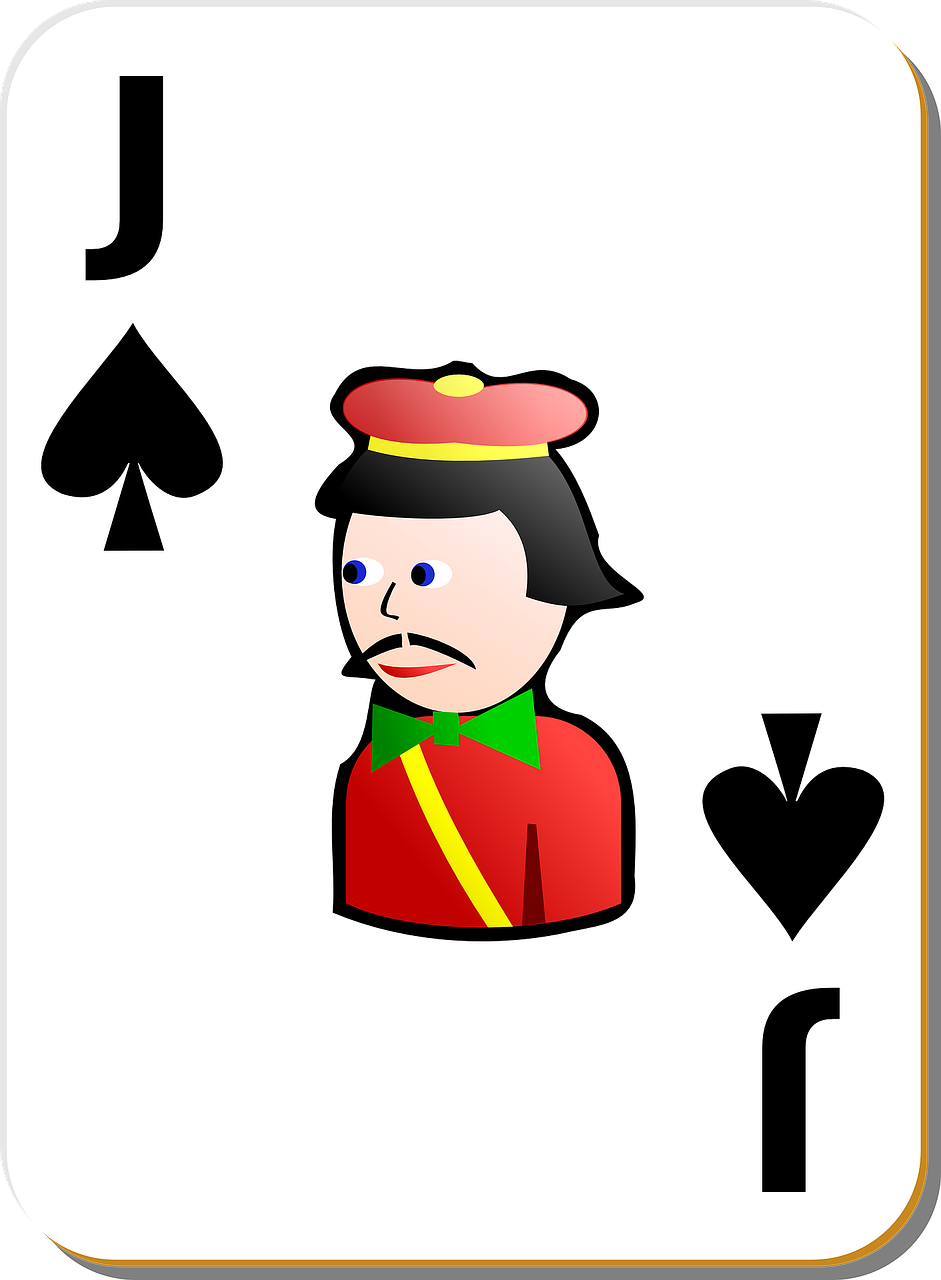
Card counting in blackjack involves keeping track of the cards that have been dealt to determine the probability of certain cards appearing in subsequent rounds. By doing so, players can make more informed decisions about when to place larger bets and when to adjust their strategy. The key principle behind card counting is that certain cards favor the player, while others favor the dealer. By keeping track of the cards that have already been played, players can adjust their bets and playing strategy accordingly to maximize their odds of winning.
The Evolution of Card Counting Techniques
Card counting in blackjack has a rich and storied history, with various strategies evolving over time. Let’s take a walk through the timeline of card counting techniques:
1. The Basic Strategy: Introduced in the 1950s, the basic strategy focused on minimizing losses by making optimal decisions based on the player’s hand and the dealer’s upcard. While it did not directly involve card counting, this strategy formed the foundation for subsequent card counting methods.
2. The High-Low System: Developed by Edward Thorp in the early 1960s, the High-Low System revolutionized card counting. It assigned positive (+1) or negative (-1) values to different groups of cards, allowing players to mentally keep track of the overall count. This system, along with Thorp’s bestselling book “Beat the Dealer,” caused a surge of interest in card counting among players.
3. The Uston Advanced Point Count: In the 1970s, Ken Uston refined card counting by introducing the Uston Advanced Point Count system. This method assigned different point values to individual cards, making it easier for players to maintain an accurate count. Uston’s strategies led to his successful legal battles, challenging the casinos’ right to ban card counters.
4. Team Play and Shuffle Tracking: As casinos started taking countermeasures against individual card counters, players began to form teams to increase their success rate. These teams used advanced techniques such as shuffle tracking, which involved tracking clumps of cards through the shuffle, to gain an even greater edge over the house.
5. Today’s Strategies: Card counting techniques have continued to evolve in the digital age. With the aid of computer programs and smartphone apps, players can now practice and refine their card counting skills in a realistic and convenient manner.
How to Count Cards in Blackjack
Now that we have explored the history and evolution of card counting, let’s delve into the techniques involved. While it is essential to note that card counting is not illegal, casinos do have the right to prohibit players they deem to be card counters. Hence, it is crucial to master these techniques discreetly and skillfully. Here is a step-by-step guide on how to count cards in blackjack:
1. Learn the Basic Strategy: Before attempting card counting, make sure you have a good grasp of the basic strategy. This involves understanding when to hit, stand, split, or double down based on your hand and the dealer’s upcard. The basic strategy forms the foundation for successful card counting.
2. Assign Values to Cards: The most commonly used card counting system is the Hi-Lo System. In this system, you assign the following values to the cards:
– Low Cards (2-6): +1
– Neutral Cards (7-9): 0
– High Cards (10-Ace): -1
3. Keep a Running Count: As the game progresses, mentally add or subtract the values of the cards that have been dealt. This running count indicates the overall composition of the remaining deck.
4. Calculate the True Count: To account for the number of decks remaining in the shoe, divide the running count by the number of decks still in play. This adjustment is necessary because a positive count in a single deck game holds different implications than in a game with multiple decks.
5. Bet Sizing: Increase your bets when the true count is high, indicating an advantageous situation for players. Conversely, lower your bets when the true count is low or negative.
6. Adjust Playing Strategy: Apart from bet sizing, the true count also guides your playing decisions. Modify your strategy by taking into account the count and making optimal choices based on the basic strategy.
Conclusion
Card counting in blackjack is a skill that can significantly enhance your chances of winning in the casino, provided it is employed proficiently and discreetly. Knowing how to count cards allows players to make more informed decisions about their bets and playing strategy. By understanding the historical development of card counting techniques, appreciating their evolution, and adopting proven strategies, players can become proficient card counters and stack the odds in their favor. So, go ahead, practice, and master the art of counting cards in blackjack for an exhilarating and rewarding casino experience.
